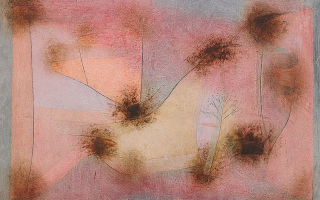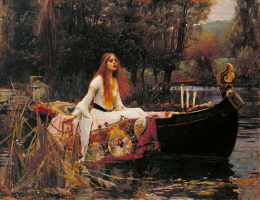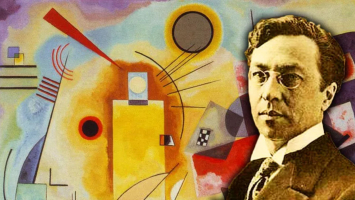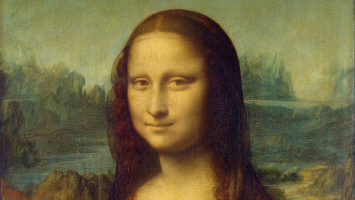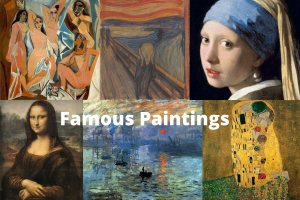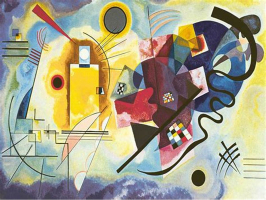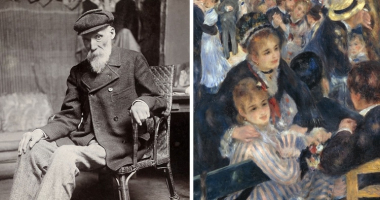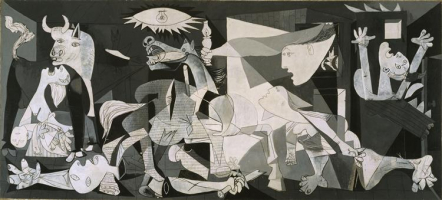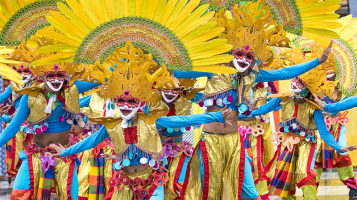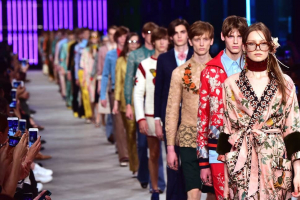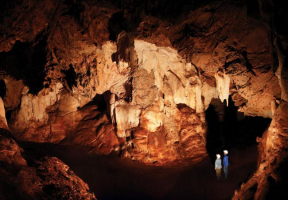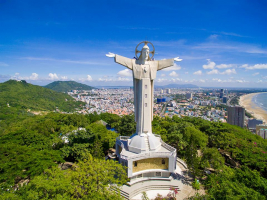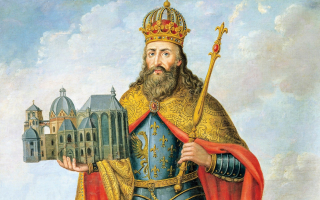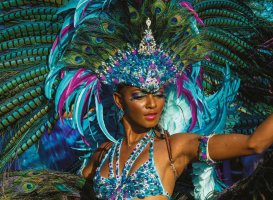Top 10 Most Famous Surrealist Paintings
Surrealism was a literary and visual arts movement that flourished in Europe between the First and Second World Wars. Surrealist artists eschewed logic and ... read more...literary realism in favor of accessing the unconscious mind in order to reveal the power of the imagination. Surrealist paintings frequently feature distorted and dreamlike representations, surprising object juxtapositions, and genuine forms blended with abstract shapes. They are well-known for their humor and ability to provoke thought. Surrealism, along with Abstract Expressionism, was maybe the most significant art movement of the twentieth century. The following are the ten most well-known Surrealist artworks.
-
Salvador Dal (1904-1989), a Spanish artist and one of the key figures of the Surrealism art movement, created The Persistence of Memory. The Persistence of Memory is unquestionably the most famous surrealist painting ever created, with millions of reproductions, posters, and t-shirts bearing its image. It was anonymously gifted to the Museum of Modern Art in New York in 1931 by one of the most controversial surrealist artists of all time, Salvador Dali, and has stayed in their collection ever since. It is also known as "The Melting Clocks" or "The Melting Watches."
The middle "figure" has no specific form or composition, although it appears to be a face, possibly a hazy profile of Dali's own face draped in a melting watch.
Although composed of hard metal, the timepieces are presented in a soft pliable form that exemplified Dal's philosophy of "softness" and "hardness" and were believed to symbolize the surrealist perception of a "Camembert melting in the light."
An orange pocket watch covered with ants may be found in the painting's lower-left corner. In his paintings, Dali frequently used ants to represent decay.
It was created during a period when Dali was intensively experimenting with self-induced hallucinations as a means of exploring subconscious art,' or as the artist called it, his 'paranoiac-critical approach.'
The general public, as well as Dali himself, has frequently battled with the image's significance.
Date created: 1931
Dimensions: 24 × 33 centimeters (9.5 × 13 inches)
Location: MoMA, New York City, United States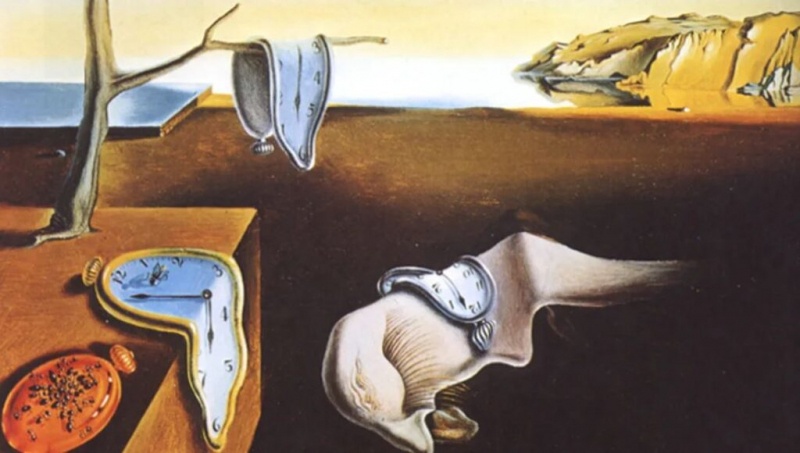
Wiki Commons 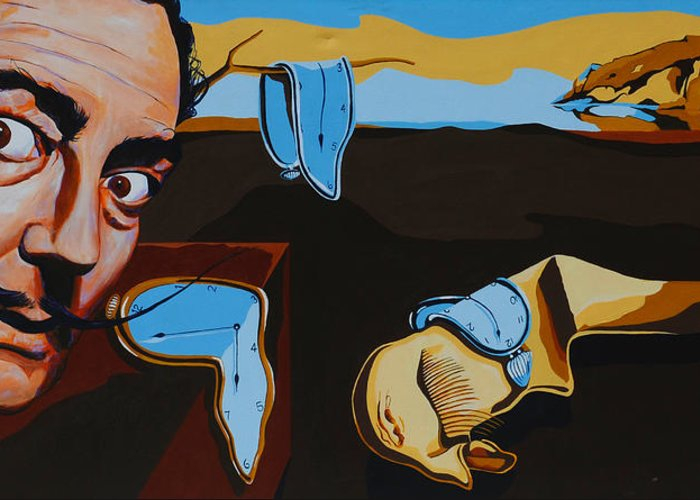
Pixels -
The Treachery of Images is a work by René Magritte (1898-1967), one of the most well-known Surrealist painters of all time. He created some of the most famous paintings of the twentieth century, and this one is certainly among them.
This painting depicts a pipe with the lines "Ceci n'est pas une pipe." in French for "This is not a pipe." The statement implies that the picture is not a pipe in and of itself, but rather a representation of a pipe. When asked about the well-known painting, Magritte replied, “it’s just a representation, is it not? So if I had written on my picture ‘This is a pipe’, I’d have been lying!” The Treachery of Images is part of Magritte's late 1920s series of word-image paintings. It was completed when he was 30 years old and is said to be a work intended to resist repressive rationalism. The Treachery of Images is Rene Magritte's most renowned picture and one of the most significant masterpieces of the Surrealism movement.
Date created: 1929
Dimensions: 60.33 × 81.12 centimeters (23.75 × 31.94 inches)
Location: Los Angeles County Museum of Art, Los Angeles, United States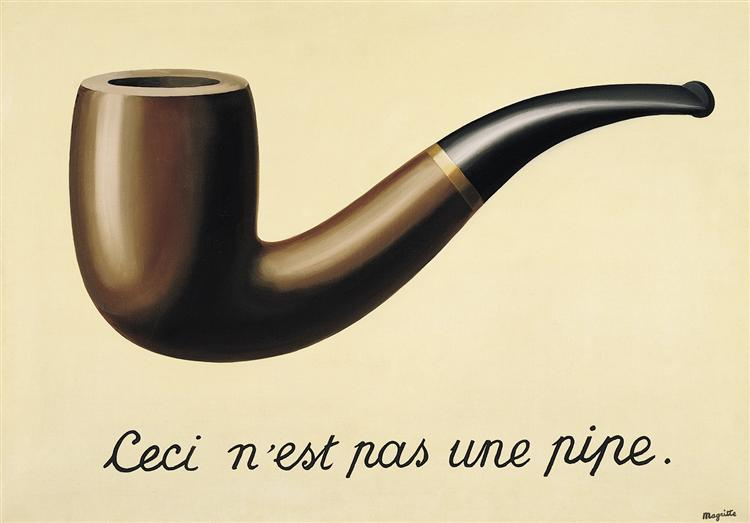
Wikiart 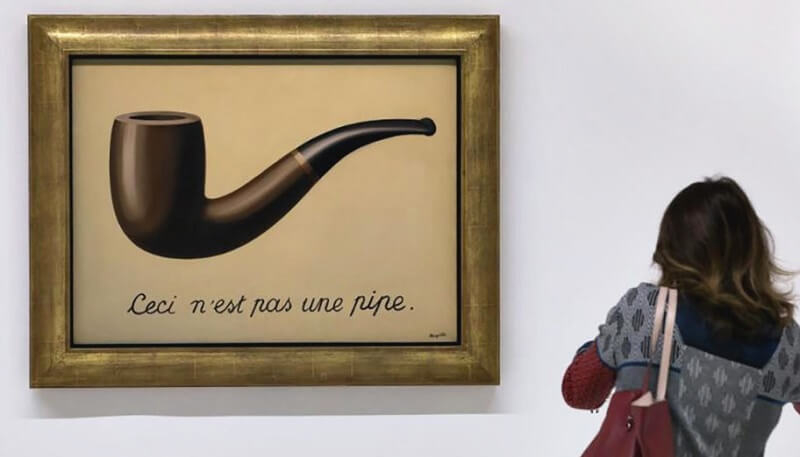
Rene Magritte -
René Magritte's masterpiece named The Son of Man is one of the most renowned surrealist paintings ever produced. Magritte created the work in 1946 as a self-portrait, depicting a guy wearing a suit and bowler hat with an awkwardly placed green apple in front of his face.
The man is depicted standing in front of a wall with the water in the background. His eyes are barely visible over the edge of the apple, revealing a melancholy face. Magritte remarked on the piece, stating that the essential idea is that it is human nature to want to see what is hidden: "Everything we see hides something else; we always want to see what is hidden by what we see," Magritte observed. "There is a fascination with what is hidden and what the appearance does not reveal." This attention might manifest as a strong emotion, a sort of tension between the visible that is hidden and the visible that is there."
It is perhaps one of the most well-known surrealist artworks in history, as it encourages the viewer to focus on the man's obscured face.Many art analysts and aficionados believe that the apple is intended to provoke dissatisfaction in the viewer, forcing them to be content with the image as it is given because there is no other way to see the man's true face.
Date created: 1964
Dimensions: 116 × 89 centimeters (45.67 × 35 inches)
Location: Private collection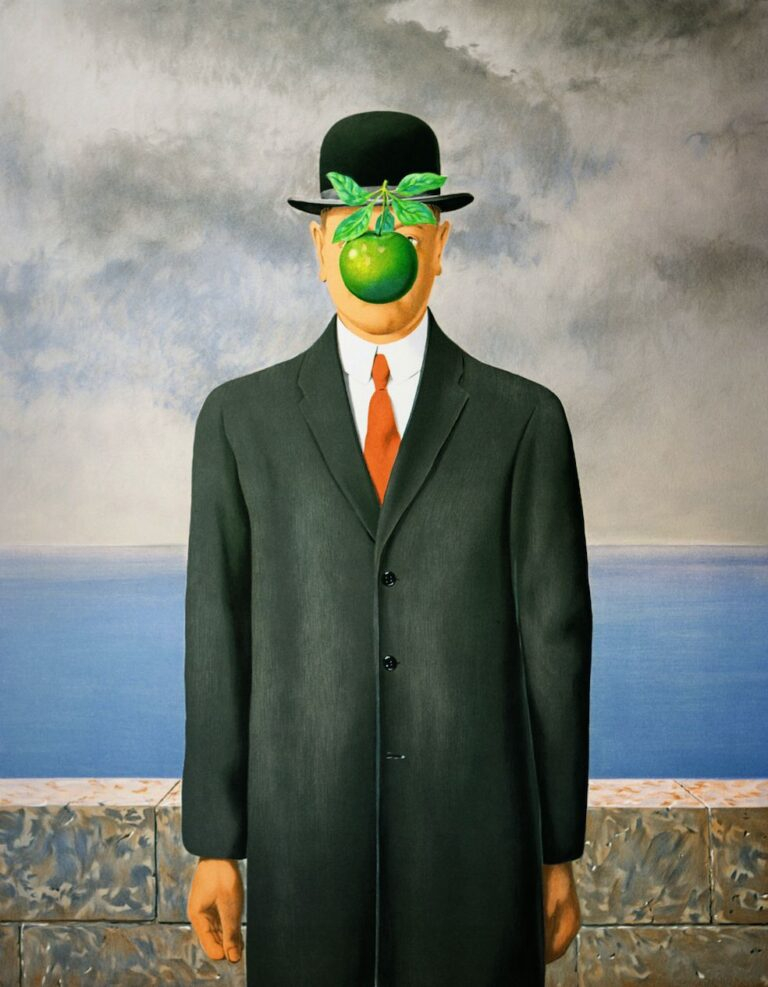
Wiki Commons 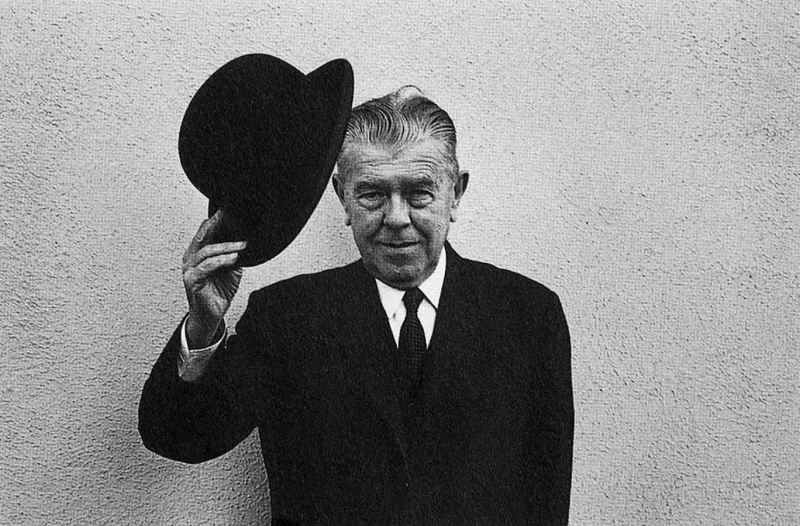
René Magritte - RTF | Rethinking The Future -
The name Salvador Dali is linked with the surrealist movement. His work has established itself as a collection of everlasting masterpieces in the field of surreal art. Dali's painting Swans Reflecting Elephants is another piece that many art critics consider to be the pinnacle of surrealism.
The painting, completed in 1937, depicts a scene in which a barren canyon runs on either side of a calm pool of water. The viewer's attention is most likely drawn to the serene swans in the center of the artwork.
A closer look exposes one of Dali's favorite features in his works: a double image that, when flipped upside down, transforms the swans into ponderous elephants standing on the water's edge.
This piece, according to Dali, incorporated his "paranoia-critical technique." This art style was described by him as a "spontaneous way of irrational knowledge based on the interpretative critical connection of delirious events."
Date created: 1937
Dimensions: 51 cm × 77 cm (20.08 in × 30.31 in)
Location: Private collection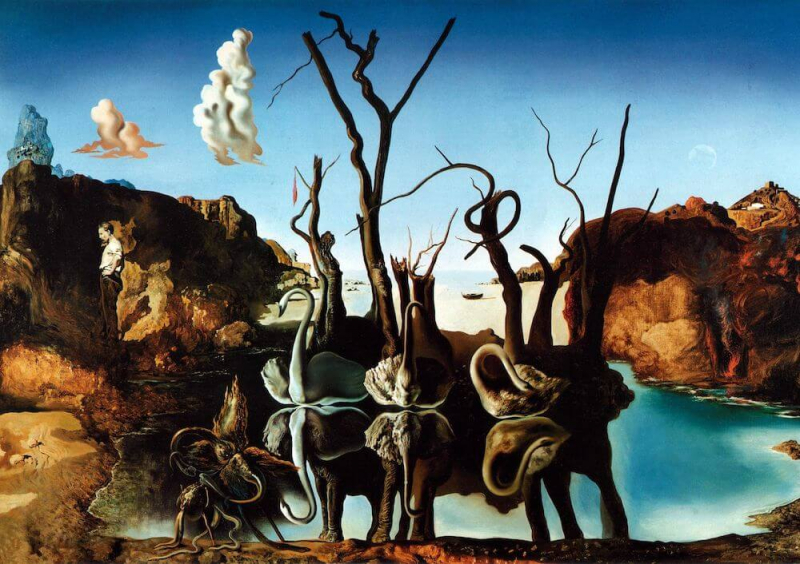
Wiki Commons 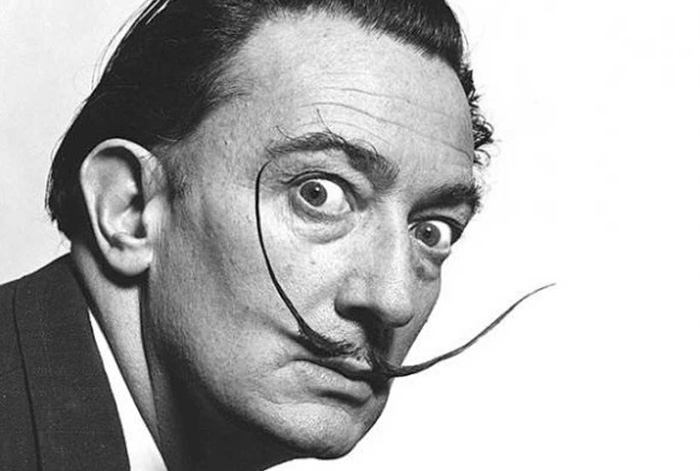
JBF Editions d'Art -
Joan Miró was a brilliant painter who created one of the most iconic surrealist paintings of all time on his first attempt.
Harlequin's Carnival is a vibrant, joyful picture that Miró described as being inspired by a dazzling dream scene.
The 1924 picture depicts a scene of inanimate objects participating in what appears to be a fun-filled carnival. Many of the things appear to be moving, perhaps dancing or marching, and weird beings appear to be involved in the expedition.
Many art aficionados and critics may regard the piece as highly lively, yet that was the driving cause behind its popularity.
Historians note that Miró's work was to be included in an art exhibition in Paris, France, which would be attended by many surrealists at the time.
Miró expected his work would be overlooked by artists such as Dali, Masson, and Redon.
To his amazement, the painting was a smashing success, with many artists and critics in attendance gushing over the whimsical, humorous piece of genius.Date created: 1924-1925
Dimensions: 66 × 90.5 centimeters (26 × 35.62 inches)
Location: Albright–Knox Art Gallery, Buffalo, United States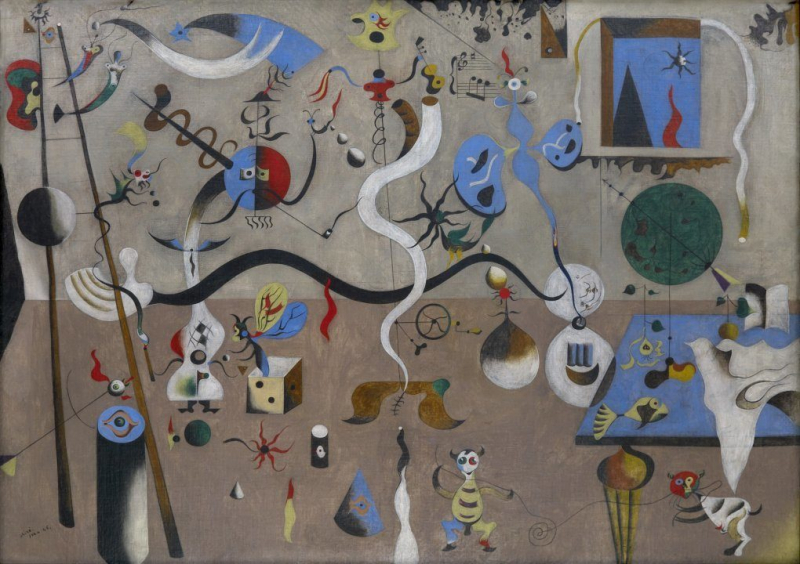
Wiki Commons 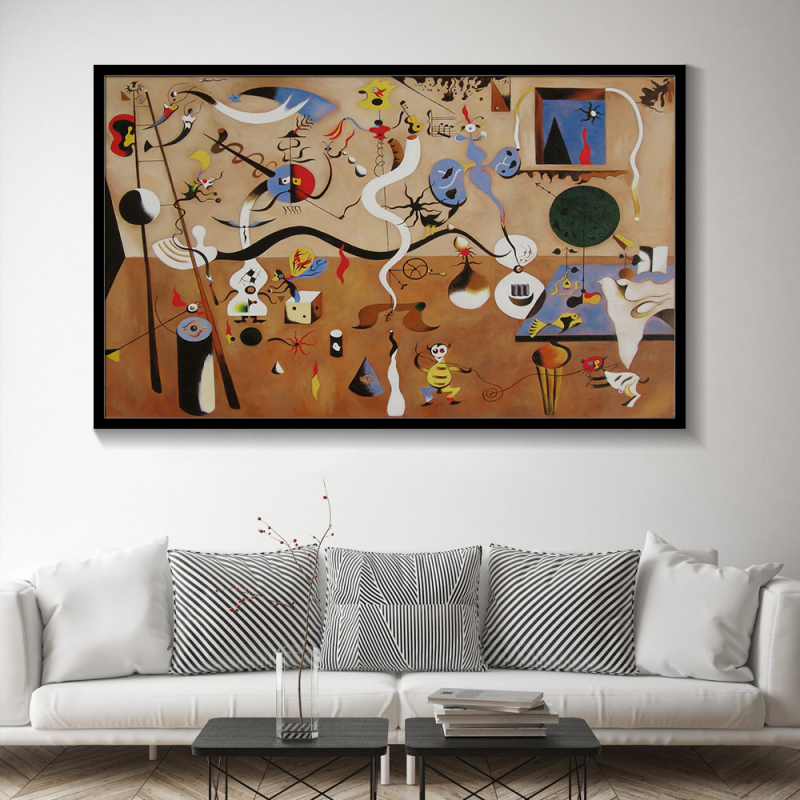
CanvasPaintArt -
Yves Tanguy commented on his piece Mama, Papa is Wounded, informing art critics that it was heavily influenced by Freudean psychoanalysis and symbol language. Tanguy created this masterwork of surrealist art in 1927 and stated that it was the result of long research on war veterans.
The artwork depicts a desolate environment with a barren desert and a few scattered objects such as a cactus, beans, and a bizarre pole standing on the right side of the canvas.
Many commentators have observed that this painting certainly depicts the terrible emptiness that many soldiers experience after experiencing war's horrors.Date created: 1927
Dimensions: 92.1 × 73 centimeters (36.3 × 29 inches)
Location: MoMA, New York City, United States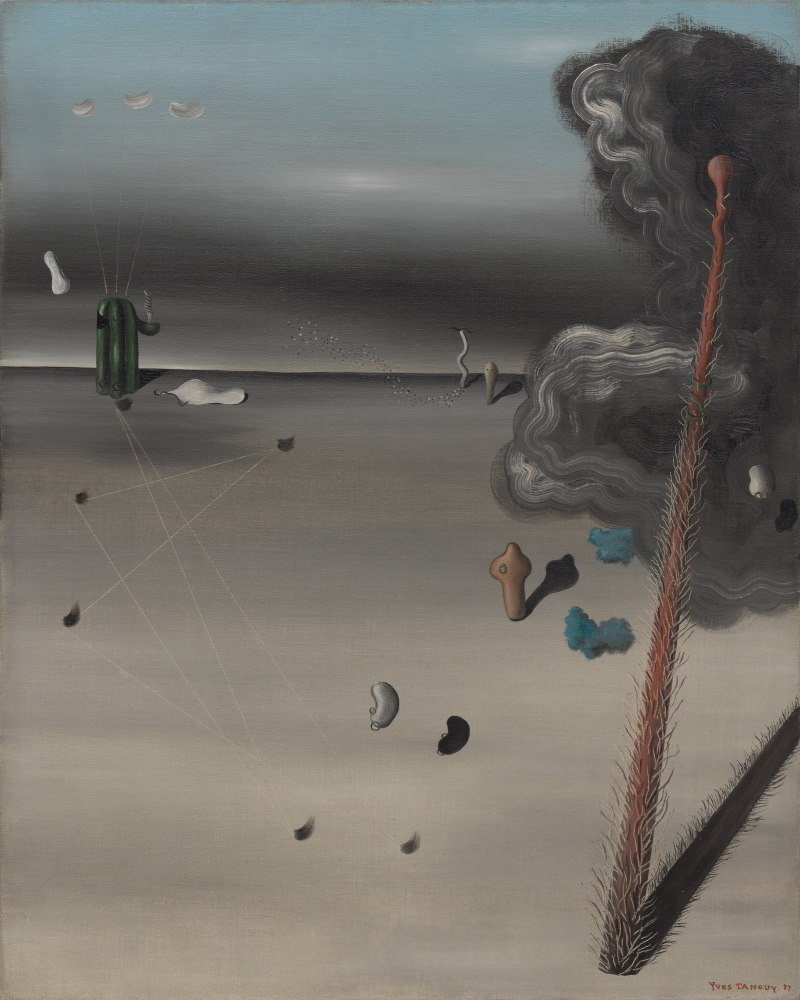
MoMA 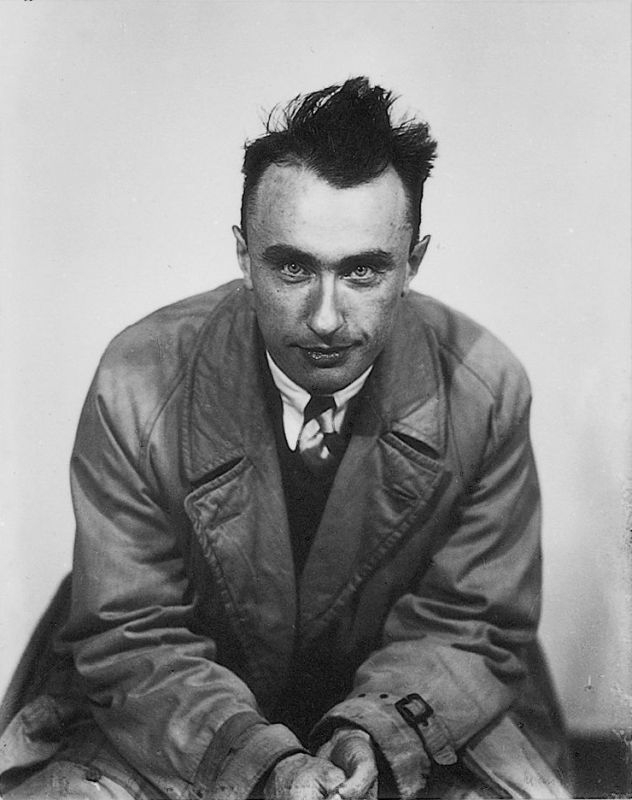
Yves Tanguy - www.imj.org.il -
Salvador Dali is widely regarded as one of the best surrealist artists, and his work The Great Masturbator is nearly unparalleled in the genre.
Dali remarked that this particular work, painted in 1929, is meant to depict, in part, himself at the early age of 25. Dali, like Tanguy, was fascinated by Sigmund Freud's work, particularly the domain of subliminal sexual urges.
The dominant figure in the painting is patterned from the iconic Cullero rock at Cape Creus in Spain. The enormous figure is thought to depict Dali's inner worries as well as his recurring obsessions.
He would remark that the presence of a grasshopper reflected his paralyzing phobia of insects. This painting is one of the most well-known surrealist works, and it is another piece based on the artist's "paranoia-critical interpretations."
Date created: 1929
Dimensions: 110 x 150 cm
Location: Room 205.13 - André Breton. The Magician of Surrealism
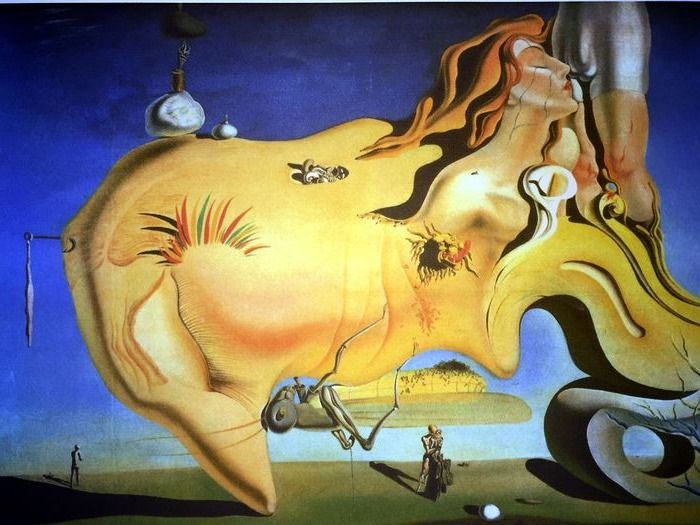
Wikipedia 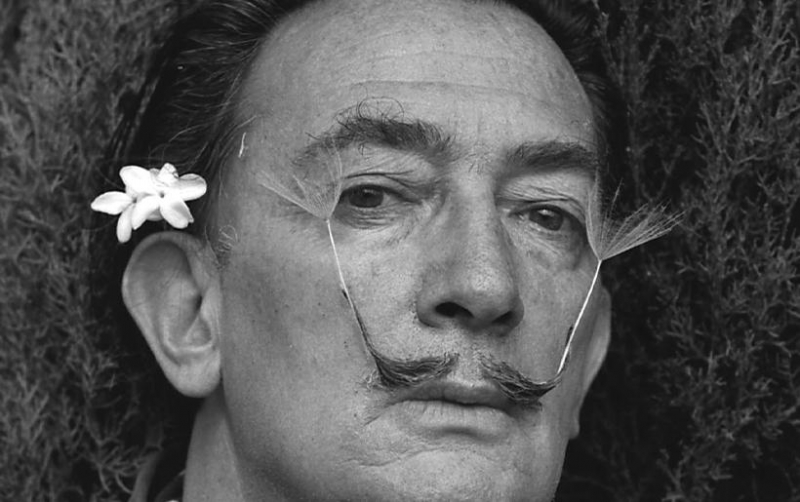
Salvador Dali - Opera Gallery -
Many painters had widely disparate approaches in the early years of the surrealism movement. Andre Masson's manner of generating his works was unlike any other surrealism.
His artwork, Battle of Fishes, could be considered unrefined in comparison to the works of Dali and others who focus on precise, often accurate portrayals of things and environments.
According to the artist, the painting depicts underwater fish in a never-ending cycle of attacking and consuming one another. This is a direct reference to the horrors of World War I, which had just finished when Masson completed his masterwork.
Masson created a distinctive oceanic picture by applying gesso to some portions of the canvas and scattering sand on top. He also included paint that was poured directly from a tube rather than applied with a brush.
The aggressive character of the fish and other aspects of the picture may reflect Masson's damaged mental state, as he observed the worst events of the conflict firsthand.Date created: 1926
Dimensions: 36.2 × 73 cm (14 1/4 × 28 3/4 in)
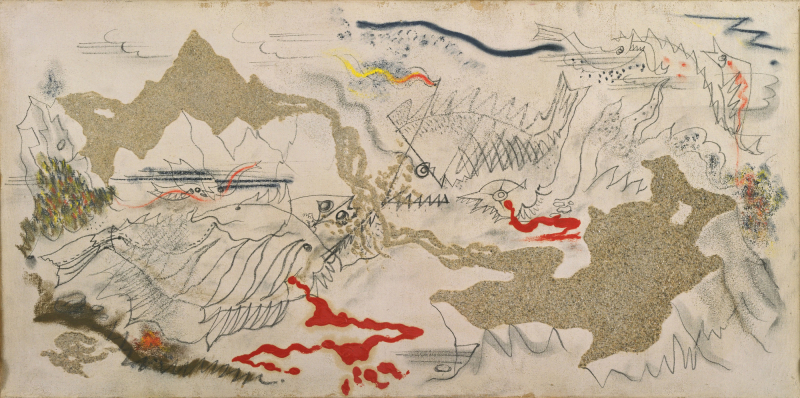
MoMA 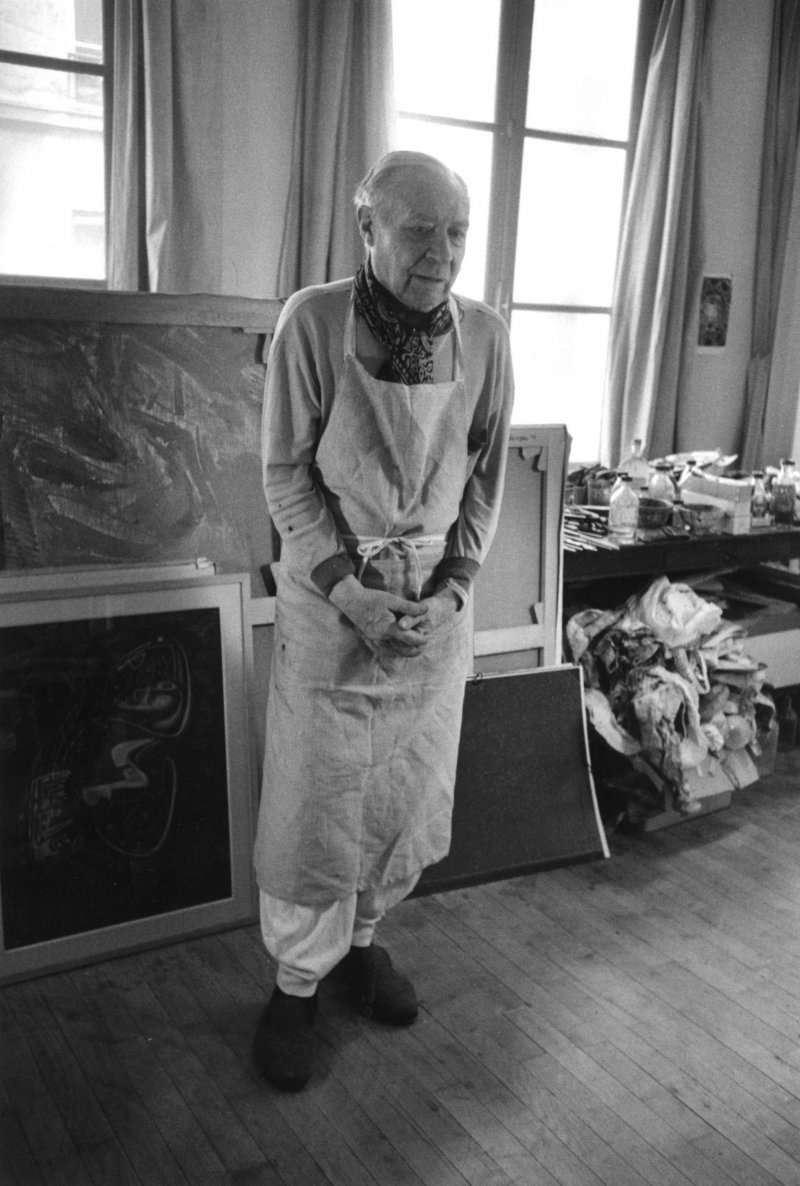
Andre Masson - Applicat Prazan -
German Dada artist Max Ernst (191–1976), who is regarded as one of the founders of the Surrealist art movement, created a painting titled The Elephant Celebes. It’s regarded to be one of the earliest pure Surrealist paintings ever created, 3 years before the Surrealist Manifesto was established.
Giorgio de Chirico (1888-1978), an Italian painter who started the "Scuola Metafisica" art movement just before World War I started, had a significant impact on the early Surrealists. This piece has a massive mechanical elephant as its focal element and borrows the Dada movement's collage-like aesthetic.
This artwork was inspired by a photograph of a Sudanese maize storage bin, which Ernst transformed into a mechanical creature resembling an elephant. The headless naked woman wearing a surgical glove displays disrespect for the idealized human form found in realist art. Other intriguing aspects in the artwork include a trail of smoke on the right and two fish that appear to be "flying" in the left corner. The Elephant Celebes is based on Sigmund Freud's Dream Theory and features strange pairings of dissimilar objects. The first line of a juvenile German rhyme with suggestive sexual overtones, "The elephant from Celebes has sticky, yellow bottom grease", serves as the painting's title. One of the early classics of Surrealist art is The Elephant Celebes.
Date created: 1921
Dimensions: 125.4 × 107.9 centimeters (49.4 × 42.5 inches)
Location: Tate Modern, London, United Kingdom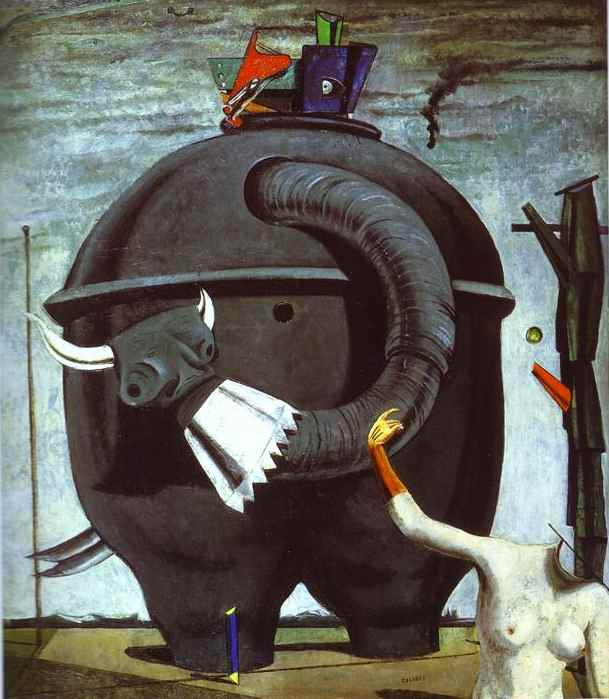
Wikipedia 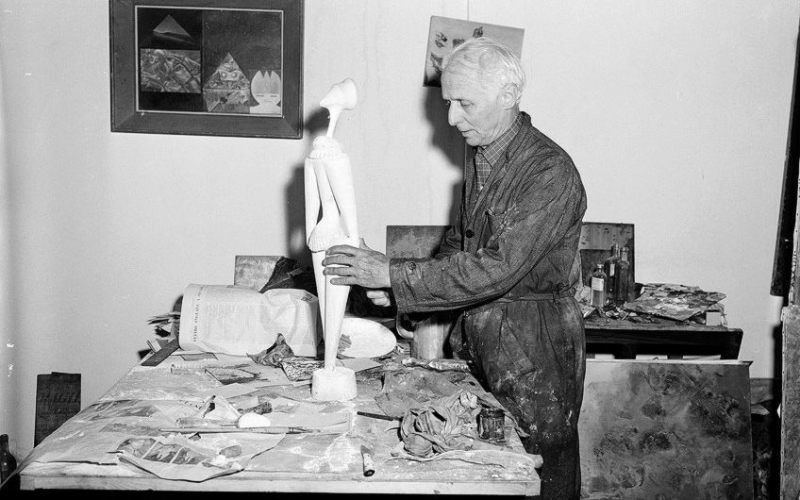
Max Ernst - artincontext -
The Tilled Field, another picture by Miró, must be included while discussing the greatest surrealist works of all time.
The picture, which is largely regarded as Miró's best work, closely mirrors how the artist was known for portraying his surrealist ideas in general.
Some art experts have pointed out how much this painting resembles Miró's more realistically rendered piece The Farm. The Tilled Field, a surrealist depiction of his family's Catalan farm in Mont-Roig del Camp, Catalonia, was painted in 1924.Despite being depicted in somewhat dreary colors, the artwork shows a setting that is full of vitality. The sky in Miró's painting looks to be a mustard-yellow color, and the earth below is depicted in shades of pale brown that represent the sandy soils of the Catalan environment.
Miró's free-spirited depiction of a location with such personal meaning received high appreciation from several commentators in this piece.Date created: 1924
Dimensions: 66 x 92.7 cm (26 x 36.5 in)
Location: Solomon R. Guggenheim Museum, New York, USA
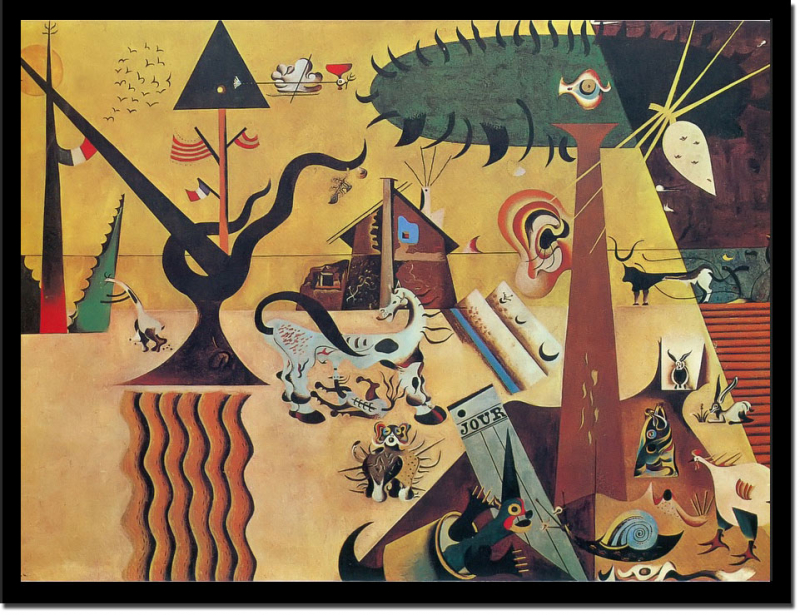
Print MasterPieces Print Masterpieces 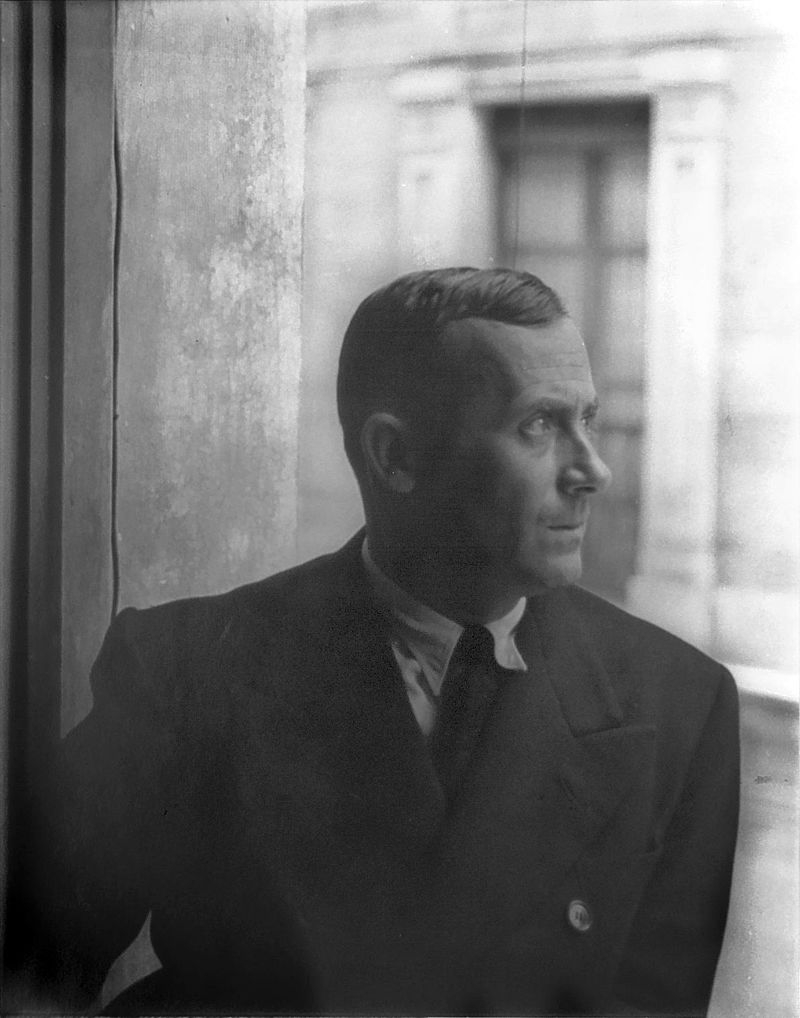
Joan Miró - Wikipedia












